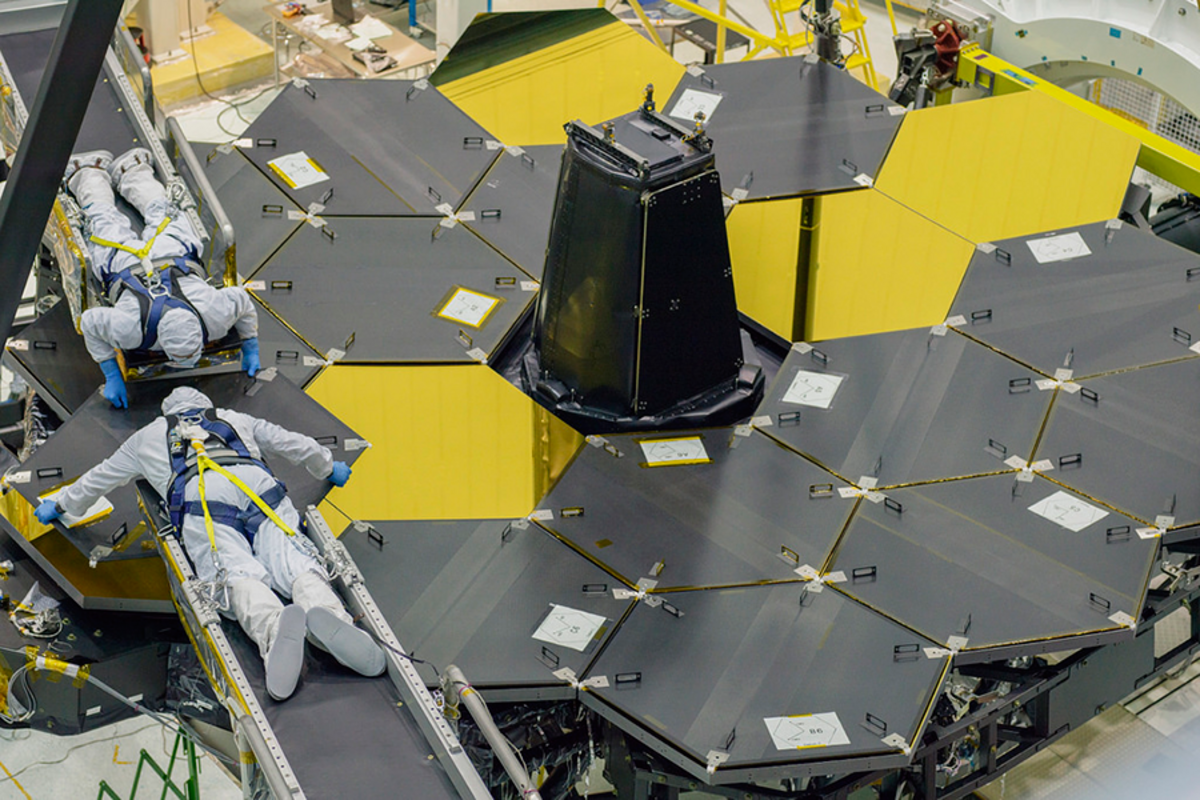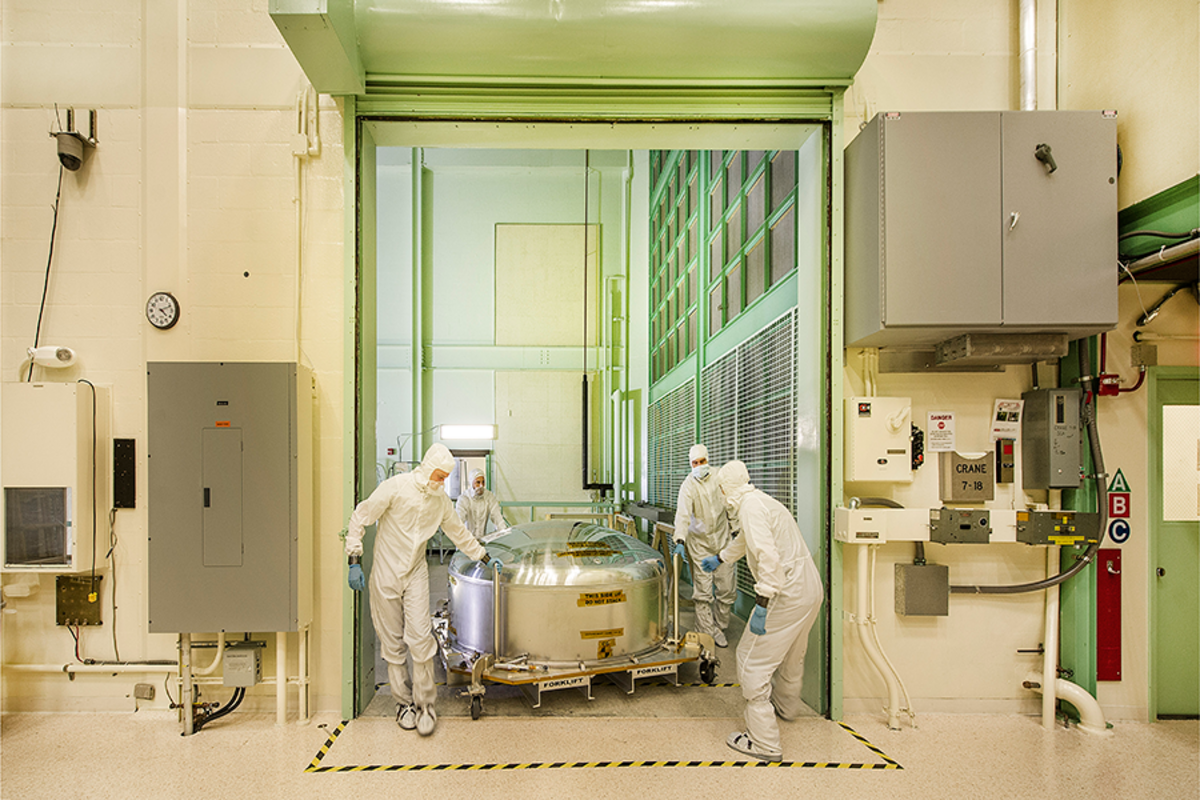How will James Webb telescope outshine Hubble?
Loading...
The James Webb Telescope, a highly anticipated and more powerful successor to the 26-year-old Hubble Space Telescope, is in the final stretch of testing at NASA's Goddard Space Flight Center in Greenbelt, Md. It's expected to launch deep into space from Kourou, French Guiana in October 2018.
Despite being saddled with delays and cost overruns, the $8.8-billion space observatory, about the length of a Boeing 737 plane but just a fraction of its weight, will explore the outer reaches of the universe from nearly one million miles away, or four times the distance between the Earth and moon, at what is called the second sun-Earth Lagrange point. It is expected to operate for at least a decade.
Hubble, the famous observatory that has made important discoveries, such as confirming that the expansion of the universe is accelerating and that most or all galaxies host supermassive black holes at their center, is still in great condition. A quarter of a century after it was launched, Hubble is still making discoveries from a snug orbit of 353 miles from Earth, and is expected to continue exploring the cosmos until its instruments fail, likely after 2020.
Though the tools aboard both observatories are meant to study the same phenomena – star births and the evolution of galaxies – Webb will be able to see much farther into the history of our universe, back to the first generation of stars and galaxies that formed after the Big Bang 13.8 billion years ago.
It will have a much larger main mirror than Hubble's (6.5 meters in diameter, 2.7 times bigger), boosting its power to collect light. It will also be equipped with a more powerful detector than Hubble's, one that can observe very faint infrared light left in the wake of distant galaxies that are speeding away in all directions of the universe. The James Webb telescope will also include spectroscopy and photometry instruments that will measure the intensity of electromagnetic radiation emanating from celestial bodies.
A five-layer sunshield the size of a tennis court will protect Webb’s mirrors and instruments from the sun, Earth, moon, and its own electronics.
It took more than 1,000 scientists and engineers from 17 countries to build Webb, according to NASA. But once the observatory is launched into far off space, it has to operate perfectly with no help, because astronauts will not be able to travel to Webb to make repairs as they have several times with Hubble.
Webb will be launched from French Guiana in 2018 to take advantage of the extra power of the Earth's faster spin around the Equator. The observatory will be folded up and packed into the capsule atop a European Ariane 5 rocket and launched on its 30-day journey. Once reaching its destination, Webb will unfurl into what looks almost like a sailboat – it even has a trim tab to control the pressure from the sun – and begin operations.









